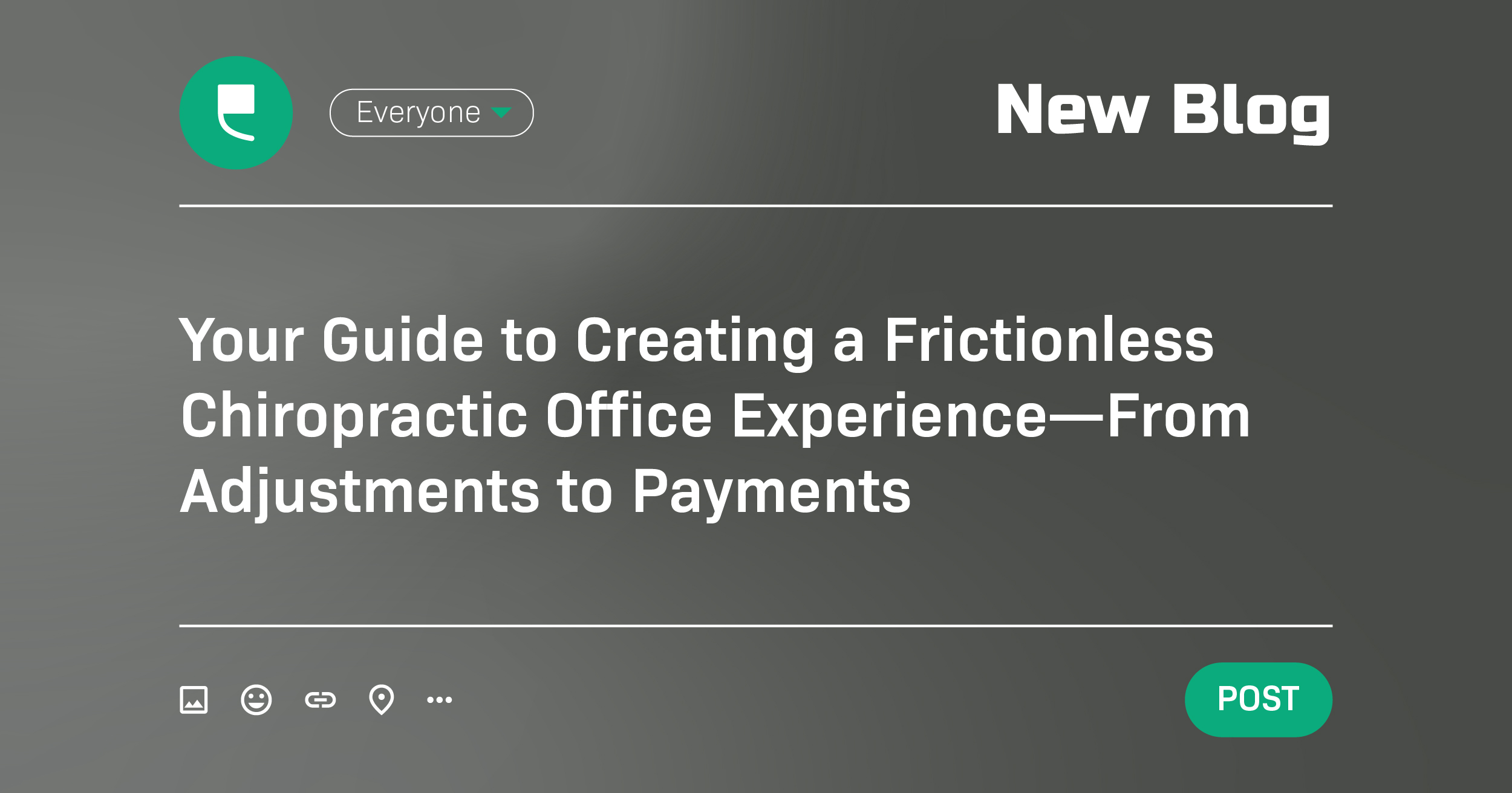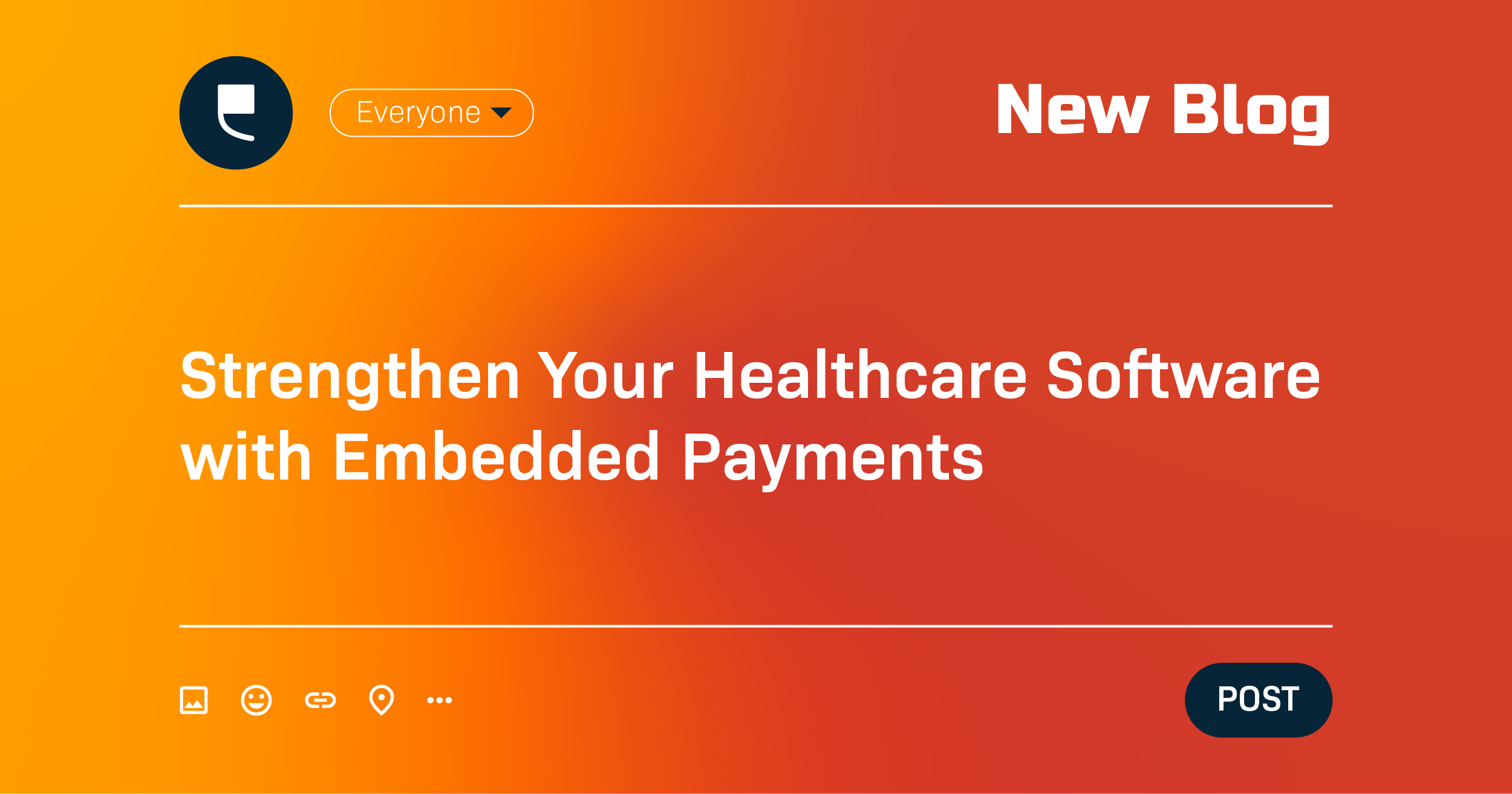Patients Expect a Seamless Experience—Is Your Practice Delivering?
Chiropractic care is all about wellness and stress relief, but nothing disrupts a patient’s experience like waiting at the front desk to handle payments. Today’s patients expect the same level of ease from their healthcare providers as they get in retail or hospitality—fast, flexible, and automated payment options.
However, many chiropractic offices are still tied to manual processes that slow down operations, frustrate patients, and create unnecessary administrative burdens.
Let’s explore how modern payment solutions can help chiropractors streamline operations, improve cash flow, and enhance the patient experience—while also supporting long-term business growth.
Payments Shouldn’t Interrupt the Flow of Care
Imagine this: A patient completes their adjustment, picks up their supplements, books their next appointment, and walks out the door—without ever stopping at the front desk.
That’s the kind of effortless payment experience that keeps patients happy, and practices running smoothly.
Why Chiropractors Need a More Patient-Centric Payment Experience:
- No more waiting at checkout – With stored cards, contactless payments, and text-to-pay, patients can settle their bill easily and walk out stress-free.
- Memberships & wellness plans – Offer recurring payment options for patients on maintenance care, ensuring steady revenue and patient retention.
- Integration with your EHR – Payments post automatically into your system, so your staff spends less time on billing and more time on patient care.
- Patients expect fast, hassle-free payments – Manual processes create friction, interrupting the seamless experience patients expect from your practice.
By making payments frictionless, chiropractors create a better patient experience, which in turn builds loyalty and retention.
The Admin Burden: How Outdated Payment Systems Slow You Down
While chiropractors focus on care and patient outcomes, many still struggle with inefficient payment workflows that drain time and energy from their staff.
Common challenges include:
- Manual billing & reconciliation – Processing checks, collecting overdue payments, and chasing down accounts is time-consuming and frustrating.
- Disjointed systems – When payment tools don’t sync with chiropractic EHRs, it creates extra work for staff and increases the risk of errors.
- Inconsistent cash flow – Without automated payment plans, practices struggle with unpredictable revenue and late payments.
By adopting integrated, automated payment solutions, chiropractic offices can free up their staff, reduce overhead, and improve financial stability.
Technology That Supports Practice Growth
Successful chiropractic practices need scalable solutions that support them as they expand—whether that means opening a second location or simply serving more patients efficiently.
Here’s How the Right Payment System Fuels Business Growth:
- Recurring billing & payment plans – Ensures consistent revenue by automating wellness plan payments.
- Multi-location scalability – A centralized payment system makes it easy to manage payments across multiple locations.
- Advanced reporting & insights – Get real-time visibility into revenue trends and patient payment behavior to make better business decisions.
- Chiro-specific tools & automation – Features like ChiroCalculator help create compliant financial care plans, while Inventory Management streamlines product tracking and ordering—saving time and improving efficiency.
A payment system shouldn’t just keep up with your practice—it should help it grow.
Final Thoughts: It’s Time to Upgrade Your Payment Process
Your adjustments, treatments, and wellness plans are designed to keep patients feeling great—shouldn’t your payment system do the same?
By upgrading to a modern, automated payment solution, you can:
- Eliminate checkout delays and let patients leave feeling refreshed, from the moment they enter to the moment they leave.
- Reduce administrative headaches and free up staff time to focus their attention on patient care.
- Seamlessly integrate with your EHR to simplify billing, automate reconciliation, and reduce errors.
- Support practice growth with scalable solutions that adapt as you expand locations or add new services.
- Offer patients the convenience they expect with text-to-pay, stored cards, and contactless checkout—all while keeping your staff focused on care.
The future of chiropractic payments is frictionless, effortless, and built for growth—and it starts today.


